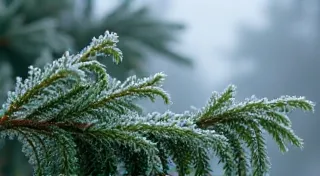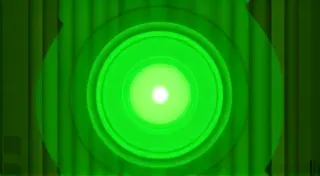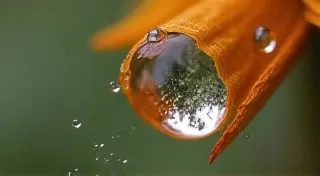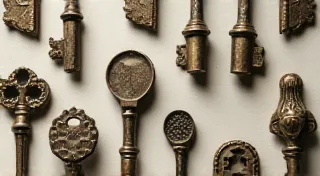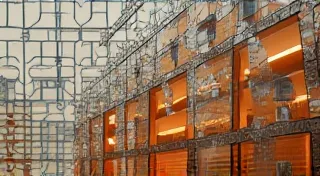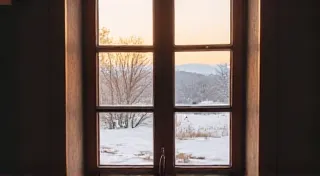Woven Whispers: The Art of Juniper Wiring and the Language of Direction
There's a quiet beauty in the meticulous craftsmanship of things made to last. Consider the antique accordion, its bellows pleated like a whispered secret, its keys a mosaic of precisely shaped ivory or bone. Each component, painstakingly crafted and assembled, contributes to a whole that resonates with a history of music, of emotion, of shared human experience. Like the finest bonsai, a well-preserved accordion speaks of dedication, patience, and a profound respect for the materials used. And in that resonance, I find a parallel to the art of wiring juniper bonsai – a practice that, at its heart, is about listening to a tree’s silent language and guiding its growth with an intention as deep and considered as an accordion craftsman’s touch.
My own connection to bonsai began not with a seedling, but with a photograph. A black and white image of an ancient Japanese garden, dominated by a weathered juniper, twisted and sculpted by time and human intervention. It felt less like a tree, and more like a living embodiment of resilience and grace. I knew, instinctively, that I wanted to understand the language behind that visual poetry.
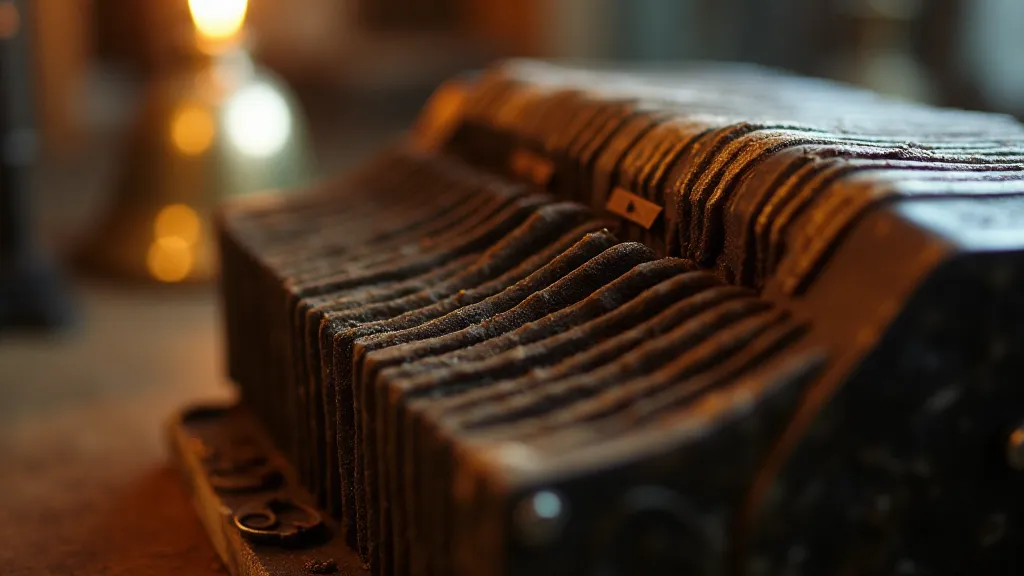
The Philosophy of Guidance: More Than Just a Bend
Wiring a juniper bonsai isn’t simply about bending a branch. It’s about communication. It’s about perceiving the tree’s inherent desire for growth and subtly nudging it toward a desired form. Think of an accordion player – they don’t force the instrument to make a sound; they listen to the reeds, understand their limitations, and work *with* them to produce the music. Similarly, with wiring, you’re not imposing your will, but rather collaborating with the juniper's natural tendencies.
Younger junipers are more pliable, readily accepting a wider range of shaping. Older, more established trees demand a more nuanced approach, requiring a deep understanding of their wood density and growth patterns. A harsh bend on an older trunk could lead to cracking or, worse, death. The juniper will often tell you, through slight resistance, if you are pushing it too far. Learning to read these subtle cues is paramount.
Essential Materials and Techniques
The wiring process begins with selecting the right materials. Traditionally, anodized aluminum wire is favored for its flexibility and relative softness. Copper wire is stronger and more resistant, but requires more care to avoid damaging the bark. The gauge of the wire – its thickness – is critical. Too thick, and it will constrict the branch, impeding growth; too thin, and it won't hold the shape. A range of gauges is ideal, allowing for varying degrees of support.
The application is equally important. Start with a secure anchor point – a stronger branch or the trunk itself. Wrap the wire at a 45-degree angle, avoiding sharp bends or excessive tightness. Consider the direction of the branch's natural inclination. Are you reinforcing a tendency, or redirecting it? The latter will require more subtle and gradual adjustments.
Remember to check your wiring regularly. As the branch grows, the wire will tighten, potentially girdling the trunk. Removal is as important as application. A well-placed wire becomes a silent guardian, but it’s a guardian that must eventually step aside to allow the tree to flourish.
Juniper Varieties and Wiring Considerations
Different juniper varieties respond differently to wiring. Juniperus procumbens 'Nana', with its cascading branches, lends itself beautifully to flowing, graceful designs. Wiring its branches in a delicate, almost ethereal fashion can emphasize its natural elegance. Juniperus chinensis 'Sargentii', with its more upright form, requires a more structured approach. Stronger wiring, strategically placed, can enhance its verticality and create a sense of strength and resilience.
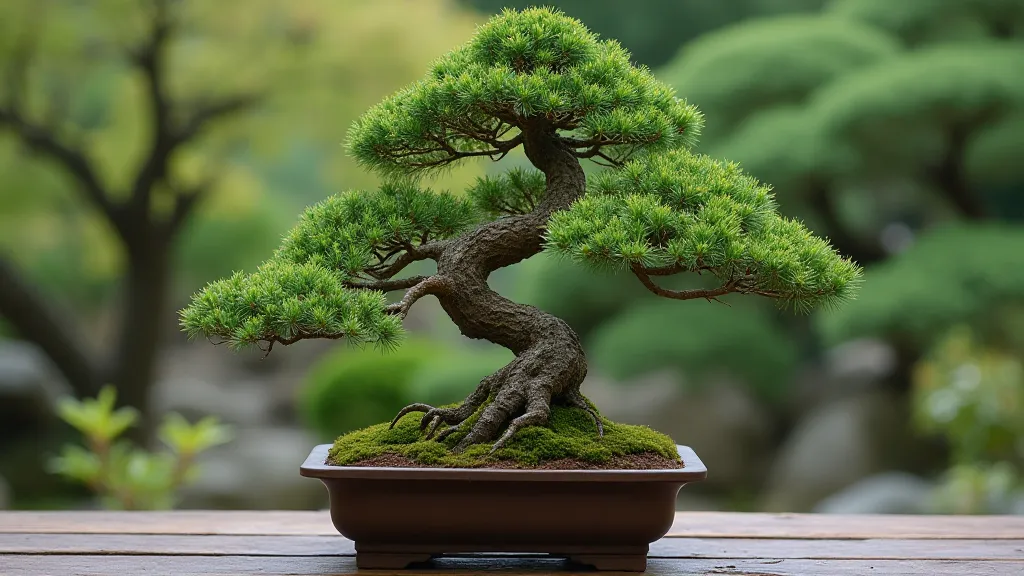
Common Wiring Challenges and Solutions
One of the most common challenges is bark damage. This can be minimized by using softer wire, padding the wire with raffia or string, and regularly checking for tightness. Another challenge is branch snapping. This is often a result of excessive bending or using wire that is too thick. Patience is the key. Small, incremental adjustments are far more effective than forceful maneuvers.
Also, be mindful of the sap flow. Wiring during peak growth seasons (usually spring and early summer) can be more stressful for the tree. Timing is everything – align your wiring efforts with periods of relative dormancy or slow growth. Observing your tree’s growth cycle will inform your timing, just as a skilled accordion repairer understands the lifecycle of the reeds.
The Long View: Patience and Observation
Wiring is not a one-time event; it's an ongoing conversation. It demands a commitment to observation – watching how the tree responds to your interventions, adjusting your techniques accordingly. Like restoring an antique accordion, it's a labor of love, a pursuit that rewards patience and a deep respect for the materials in your hands.
The beauty of juniper bonsai isn't just in the finished form, but in the process – the subtle negotiations, the quiet moments of understanding, the ongoing refinement of both the tree and the artist's skill. It’s a language spoken not with words, but with the gentle curve of a branch, the patient guidance of a wire, and the enduring whisper of time.
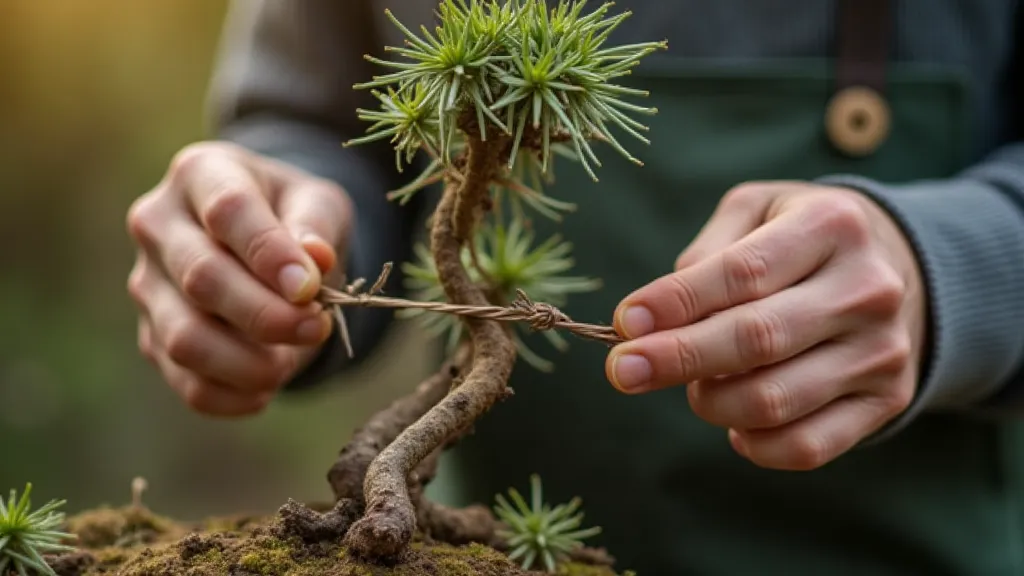
Beyond the Technique: Finding Harmony
Ultimately, wiring a juniper bonsai is more than just a horticultural technique; it's a form of meditation. It’s a chance to slow down, to connect with nature, and to find harmony between the human hand and the enduring spirit of the tree. It’s an art form that transcends mere aesthetics, offering a profound sense of purpose and connection to something larger than ourselves - a quiet echo of the enduring craftsmanship found in an antique accordion, whispering secrets across the generations.
